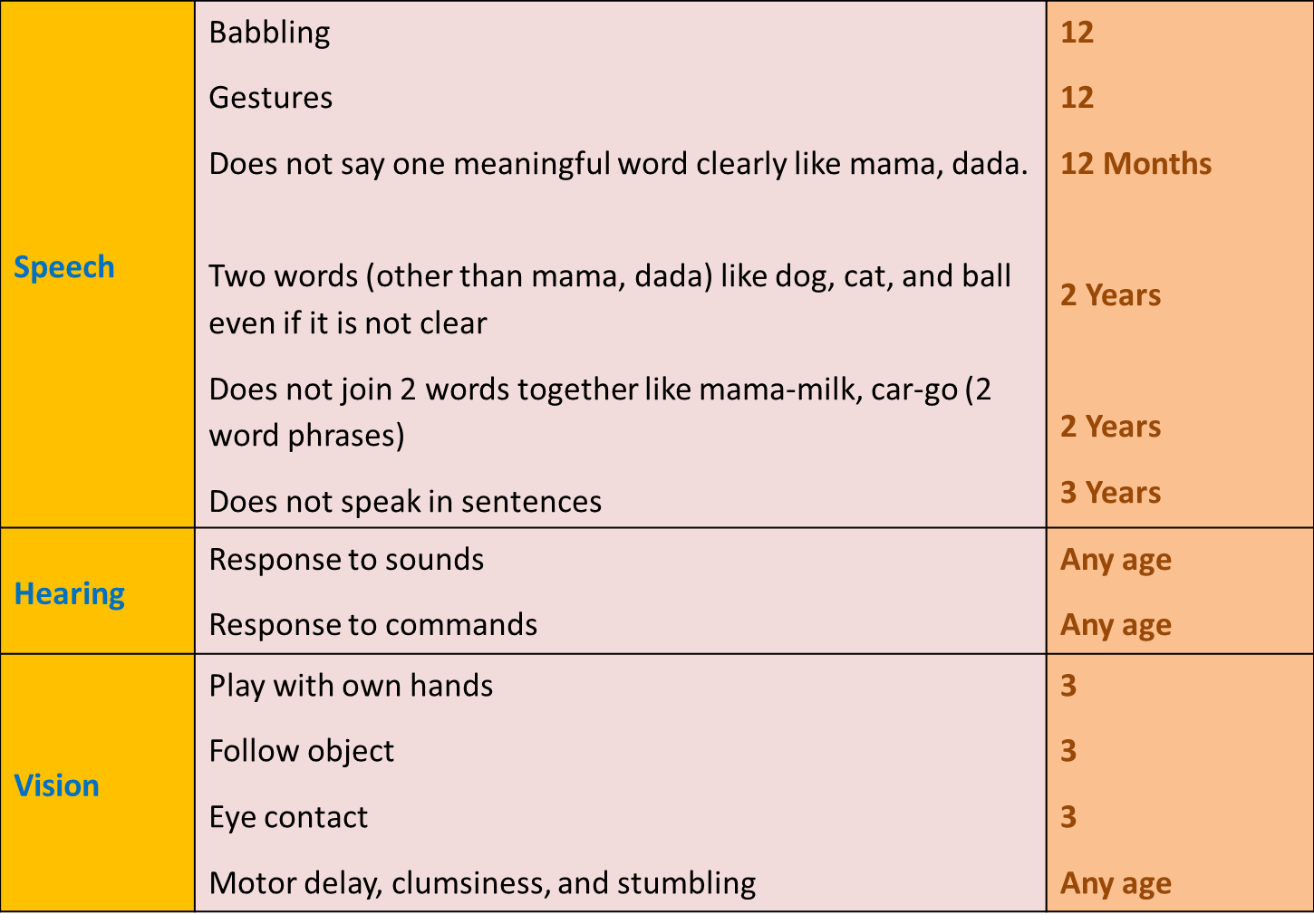NTEP: Supporting Facilities, 2021
Supporting Facilities
• National Institutes (3)
• National Reference Laboratories (6)
• Intermediate Reference Laboratories (29)
• State TB Training and Demonstration Centre (STDC)(26):
– Training State workers in TB control,
– Translating educational material in local language
– Technical assistance to STO e.g. quality assurance of sputum microscopy
– conducting Operational research
– AFB culture and sensitivity testing facilities etc.
• Culture and DST Laboratories (42)



